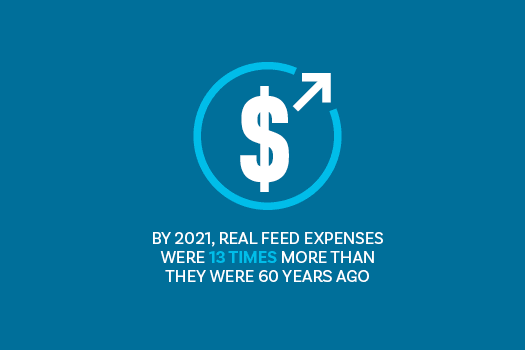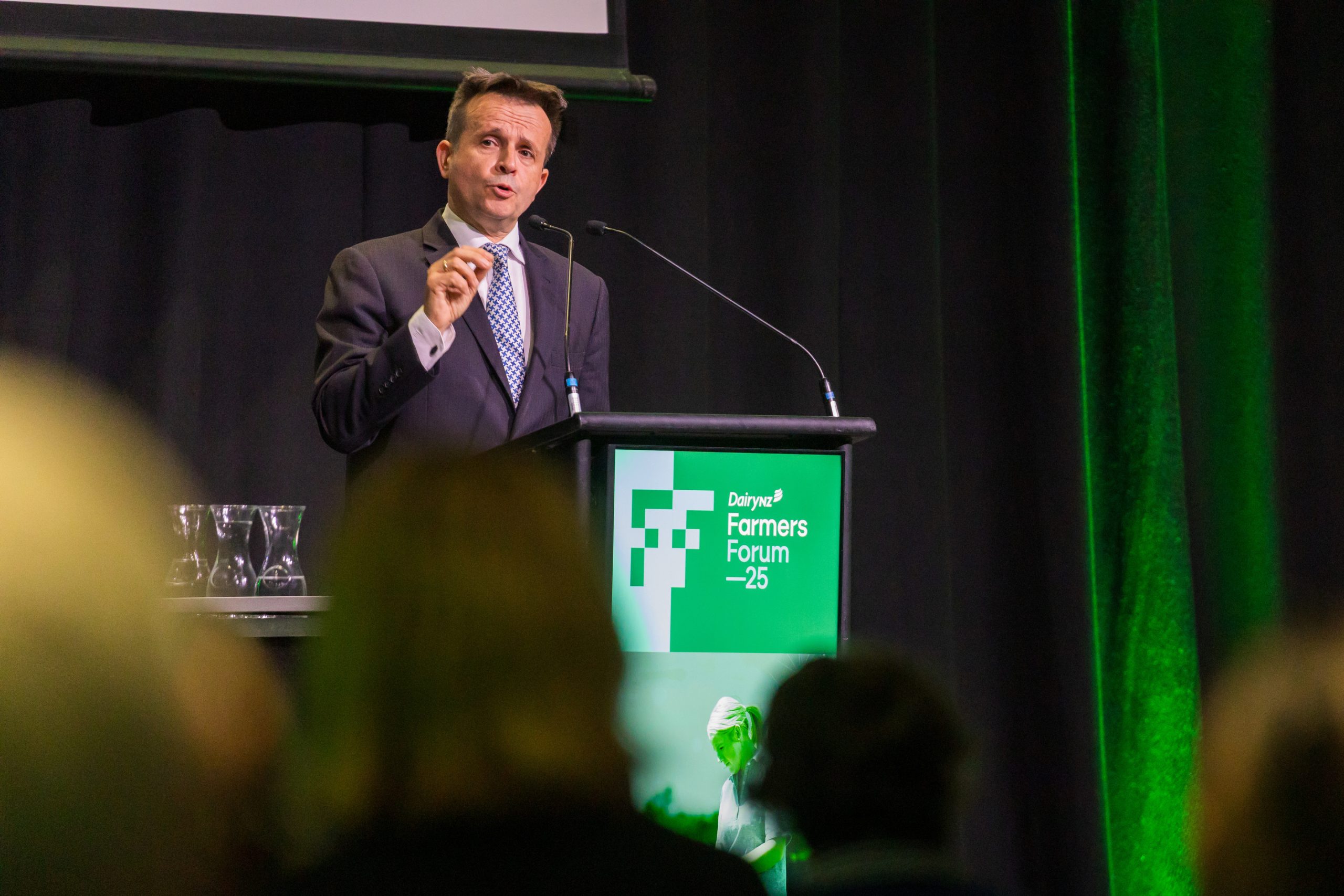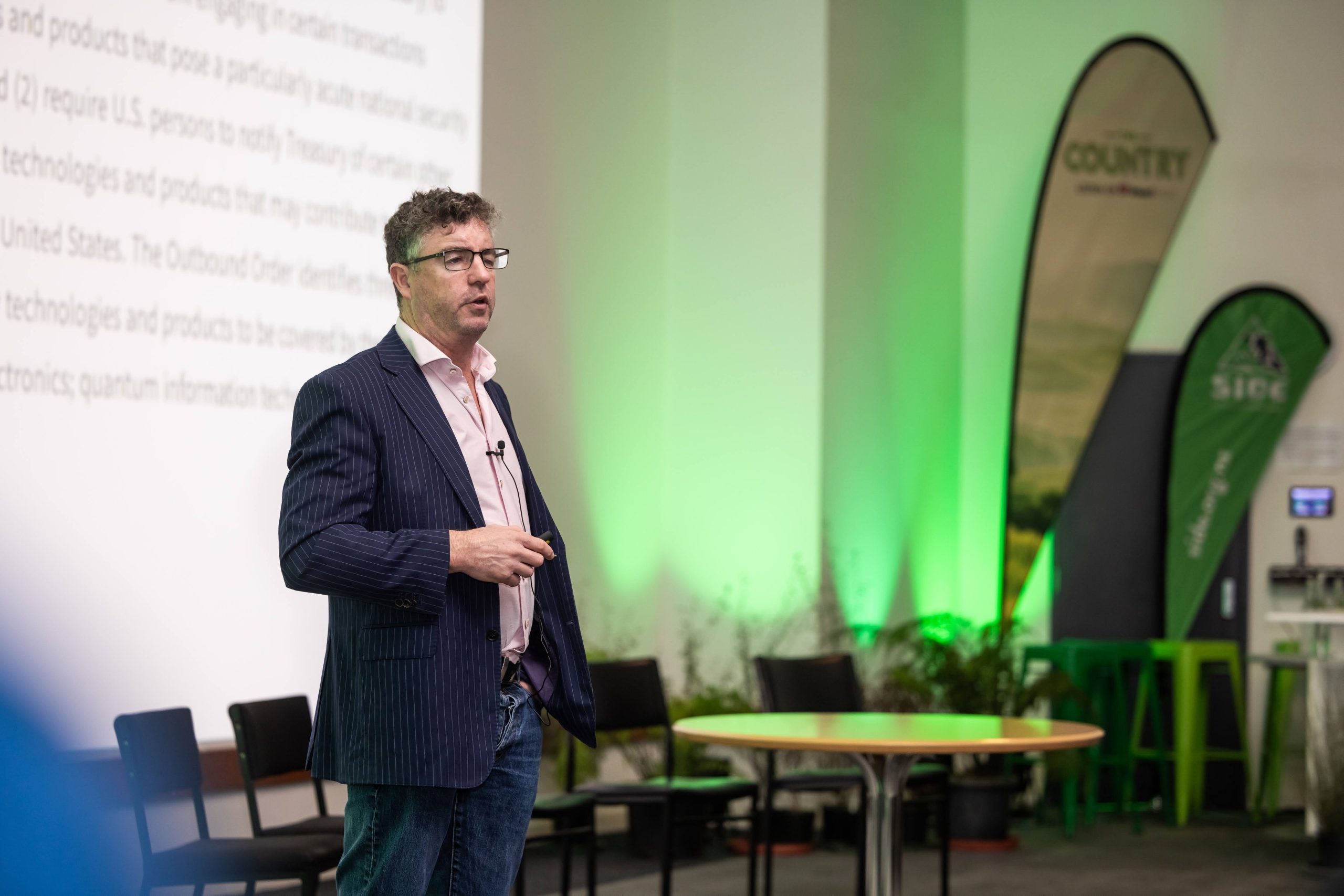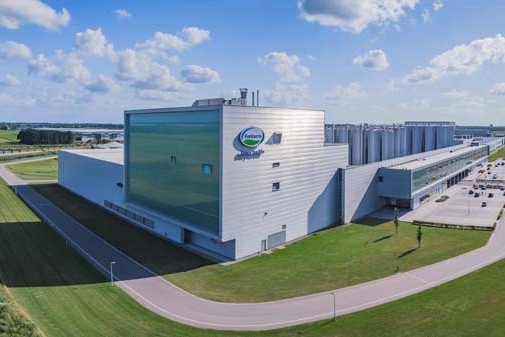Dairy growth
With new dairy conversions being signed off in the Canterbury region, it’s a good opportunity to reflect and ensure future growth is done within environmental limits in all catchments says DairyNZ. Words Sheryl Haitana.
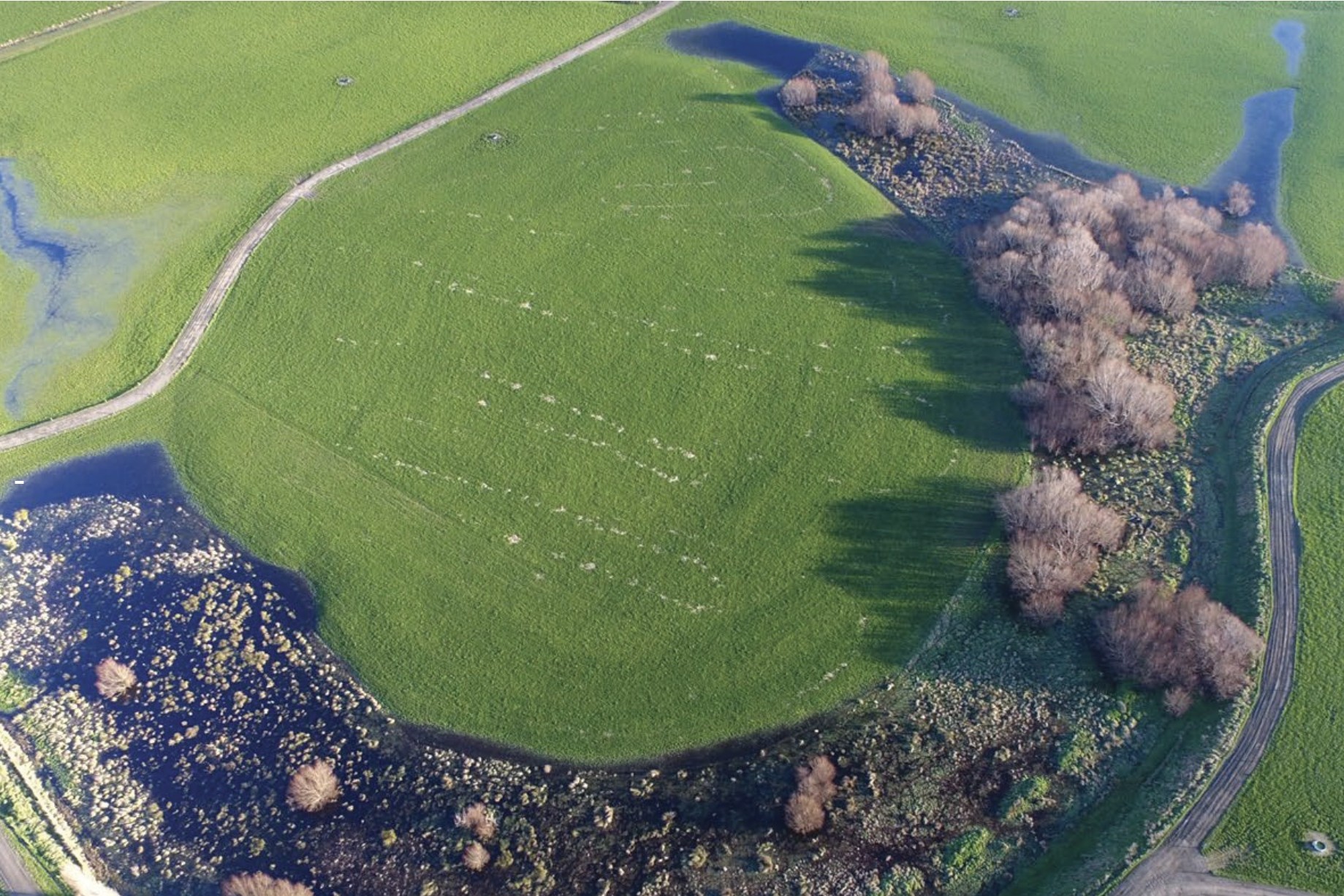
The time is right for a conversation about dairy growth, but as an industry, we must consider how possible future growth meets environmental outcomes, DairyNZ General Manager of Farm Solutions and Policy Dr David Burger says.
DairyNZ supports inquiries about sustainable dairy growth within environmental limits and local catchment contexts, based on the highest standards of farm management and animal care,
he told farmers.
“There will be opportunities to expand, but those opportunities need to be done well and if we do that well, there may also be positive benefits. We can’t afford to go back on the progress that we’ve made, and we have made significant progress over the last 10 years.”
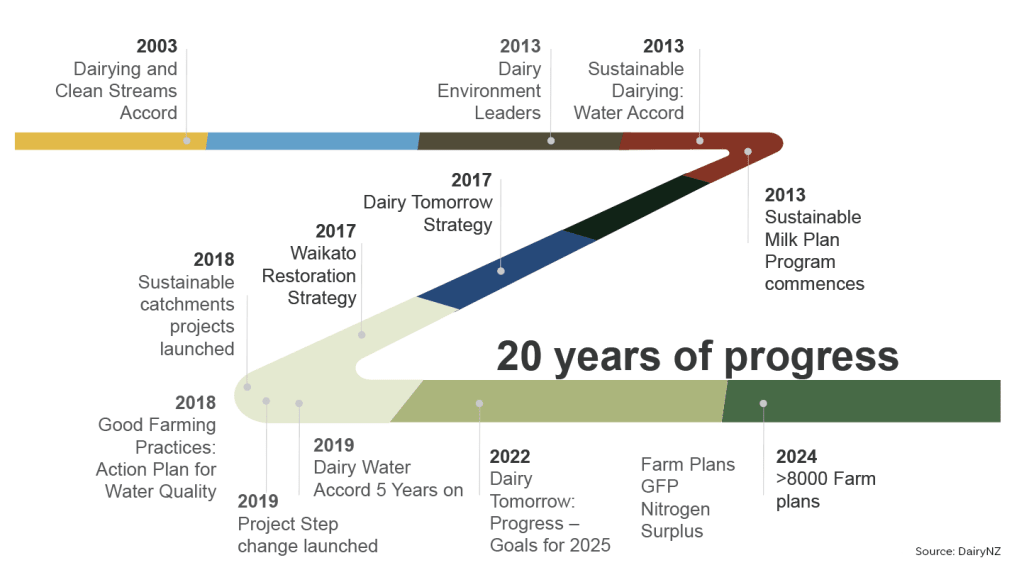
Market signals are strong for pasture-based, sustainably produced milk – which provides opportunity for the sector to continue leading with solutions and science to solve, and stay ahead of, environmental challenges.
“We are aware of some dairy conversion inquiries occurring, within the wider context of 20 years of environmental improvements and an appreciation of the significance of dairy to the New Zealand economy,” says Dr Burger. “We understand that these conversions are happening with strict consent controls in place as set by each regional council.
“It is important to note that we farm differently to how we did previously, with significant investments in science and research underpinning improved environmental performance.”
When reflecting on past growth and the environmental scrutiny of the dairy industry, in some regions, development was ahead of science – policies and regulation couldn’t keep up, Dr Burger says.
Multiple policies, catchment regulations and limits then come into place for farmers to navigate.
“It has been a very intense time as we tried to negotiate the rules and regulations, many of which we felt were really impractical and were not really that evidence-based from our perspective.”
However, farmers have made significant progress, and the sector can’t afford to go backwards, he says. It’s been 10 years of hard work by farmers delivering better environmental outcomes. For example, removing stock from waterways and the uptake of voluntary farm environment plans were well ahead of regulations.
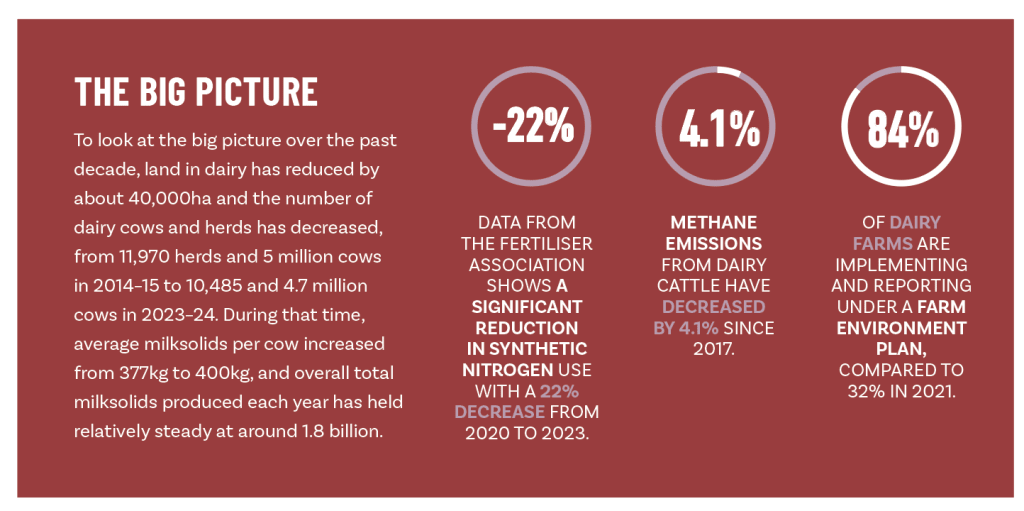
“We have had some good wins and we have been raising the bar on good on-farm practices and improving outcomes for water quality,” explains Dr Burger. “The average farmer today has a much lower footprint than a farm in 1995. Our nitrogen load would have been 45% higher and our phosphorus 98% higher if these actions hadn’t been taken by the sector and farmers.”
However, the total sector nitrogen load went up 35% because of a greater area of land being changed to dairy.
Future regulations to consider more balanced outcomes
A policy framework is needed to support future growth and focus on restoration and outcomes rather than inputs, so the industry can continue to demonstrate its progress over time, Dr Burger says.
There needs to be a focus on riparian planting and ecosystem health outcomes, not just nutrient inputs. Water quality is not the only constraint; there also needs to be consideration about methane and terrestrial biodiversity.
“If we get all of that right, we may be able to secure the ability to grow and to be more competitive well into the future while maintaining social licence, which is absolutely critical as part of this conversation.”
There is also significant variability across the country and even within catchments, depending on typology and bioenvironment conditions.
“It might make more sense to expand dairy on some typologies than others.”
In some cases, there might be increased nitrogen capability in catchments where nitrogen is not the driver of water quality decline. Farm practices also need to be part of the conversation, he says.
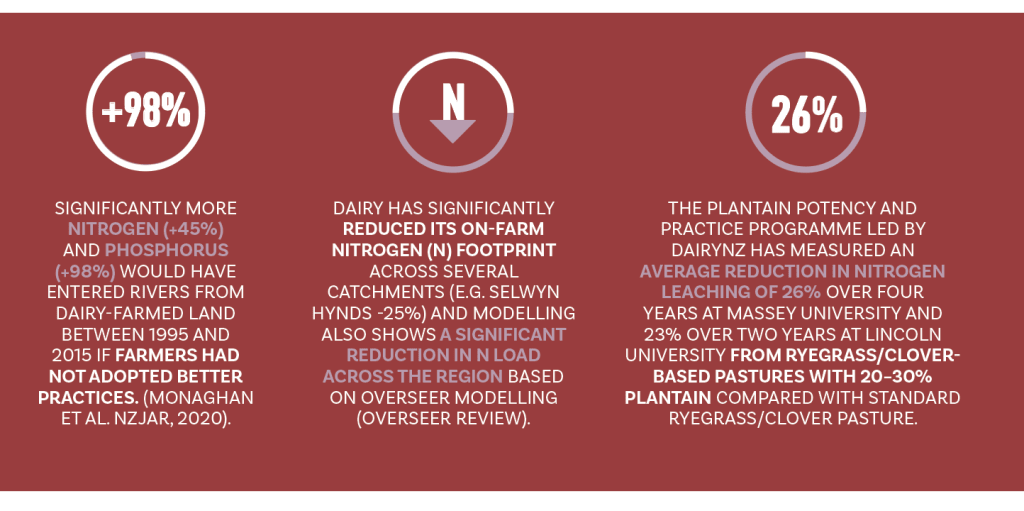
There is a significant opportunity on some farms to improve profitability through efficiency which will result in lower nitrogen footprints, just through improved farm practices.
“If we take 10% across these existing farms, we can maintain the nitrogen but increase the dairy land simply by playing around with some of those mitigation strategies.”


